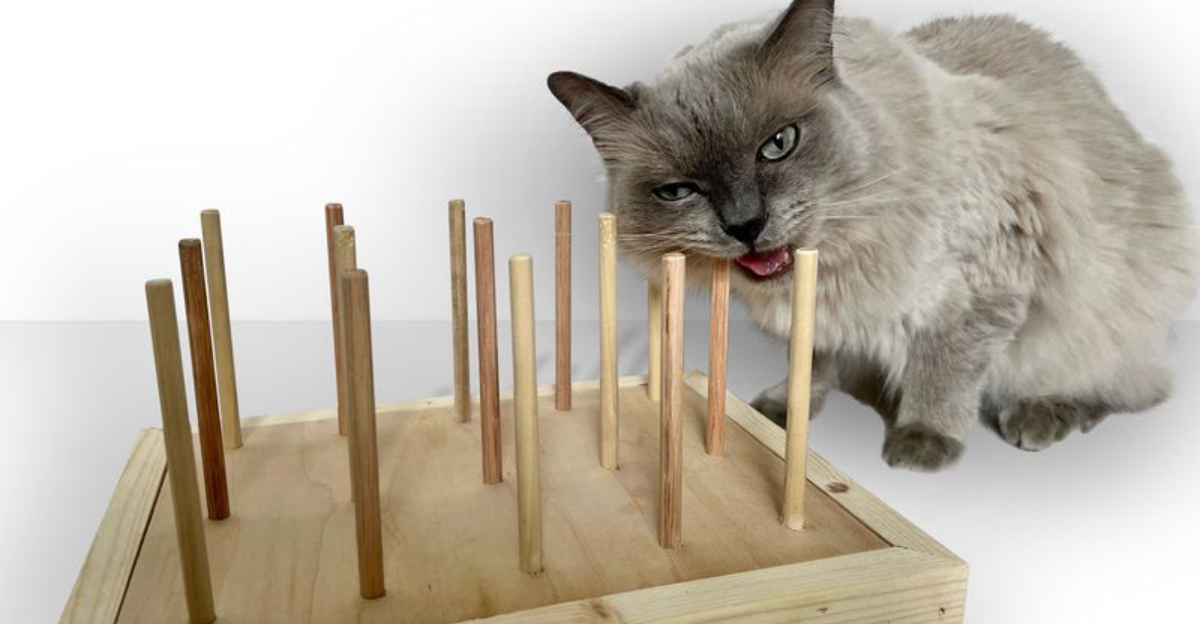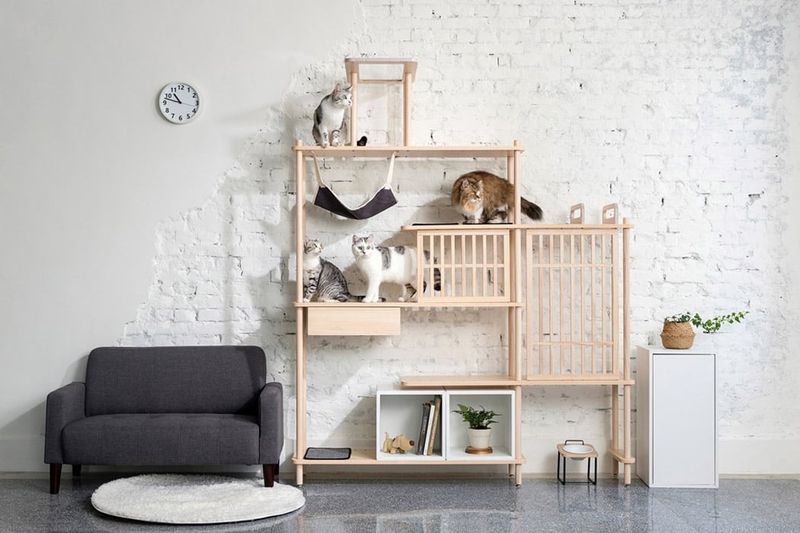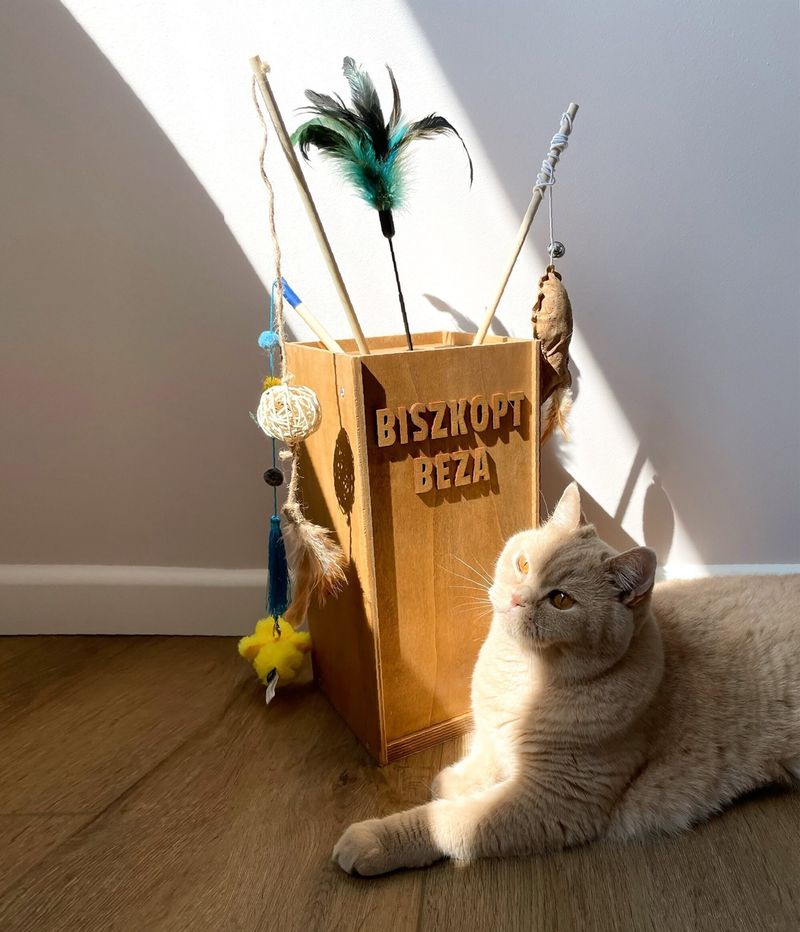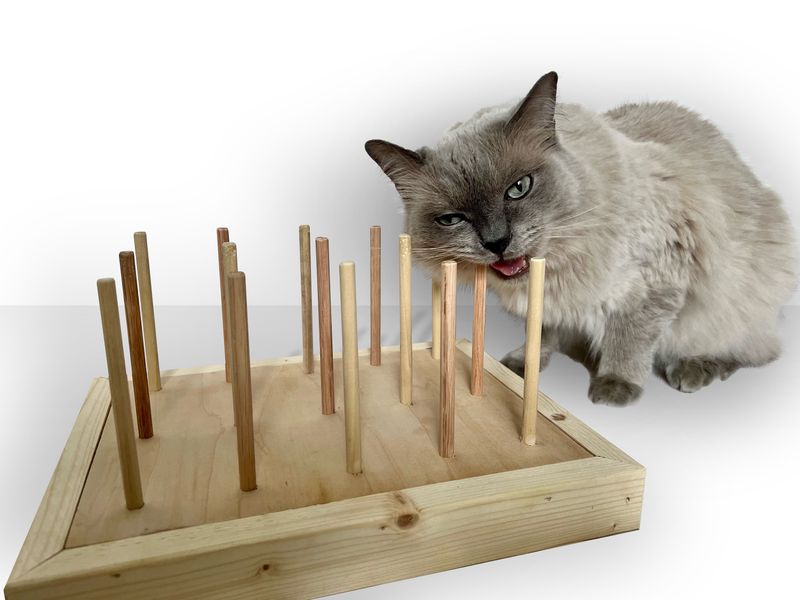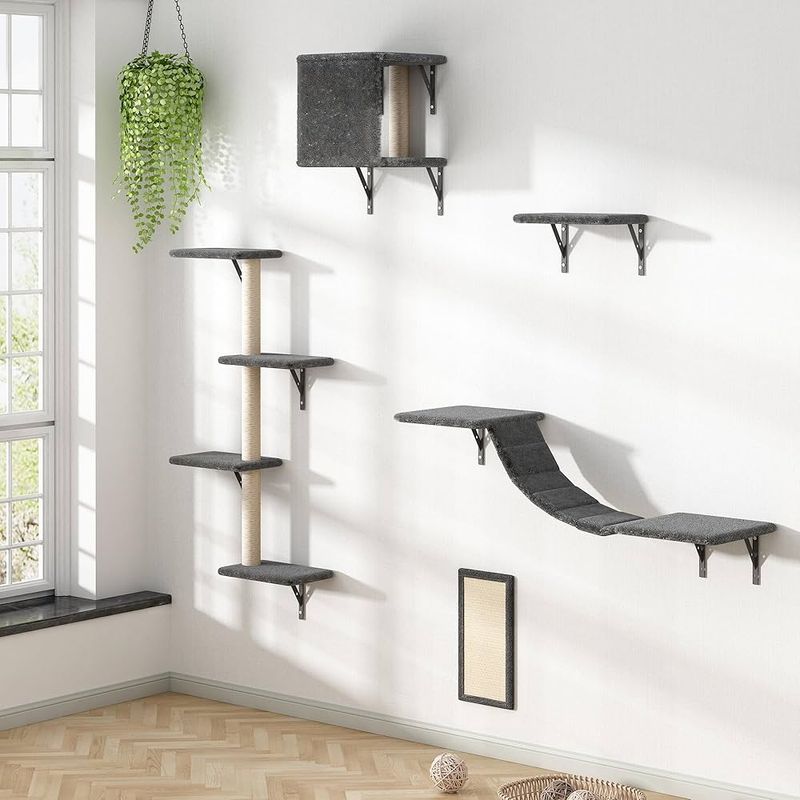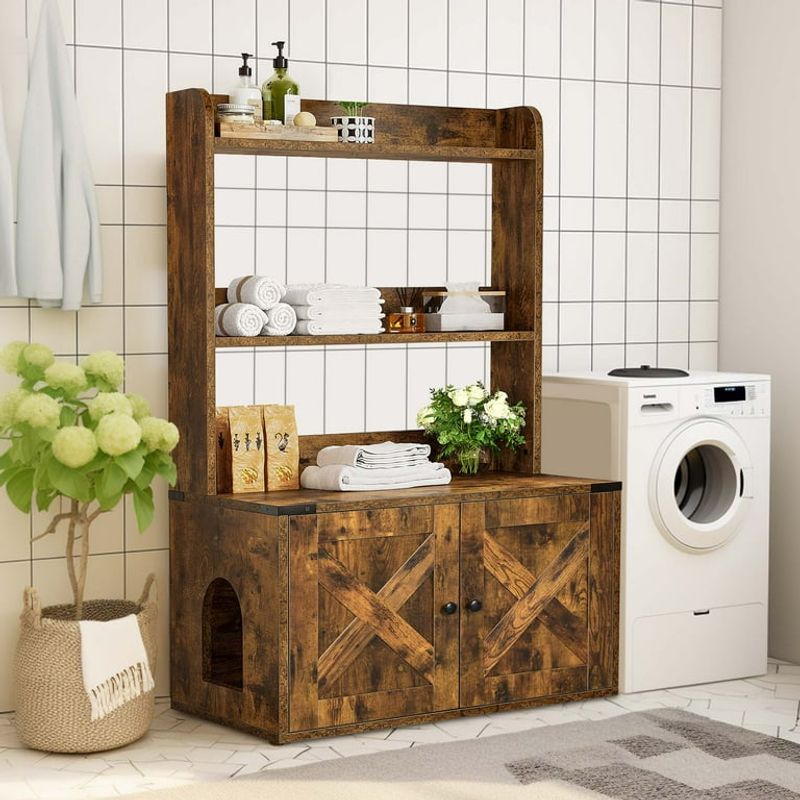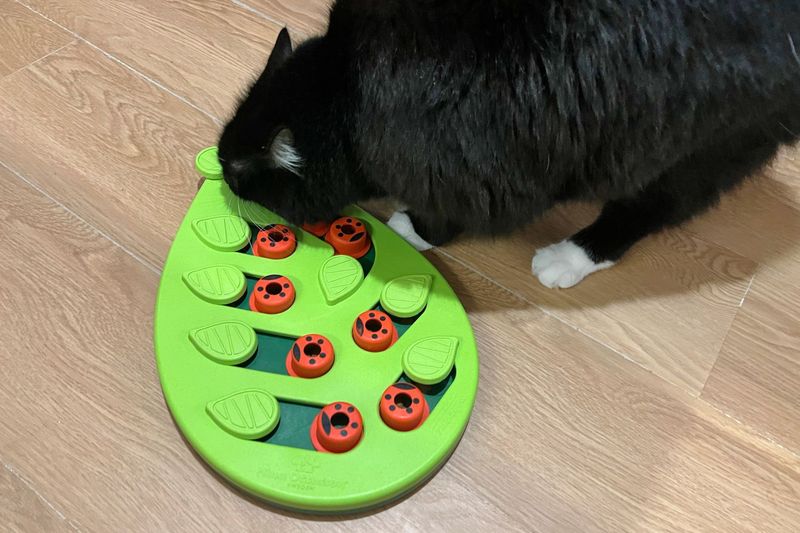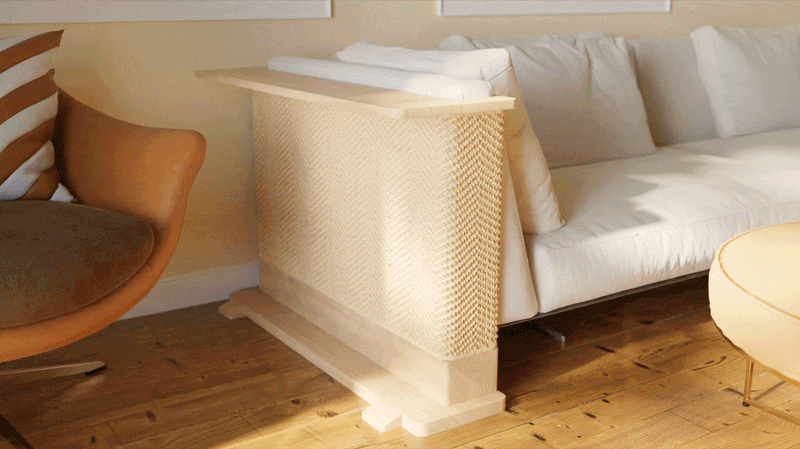📖 Table of Content:
Living with a cat doesn’t mean your home has to be taken over by toys, fur, and mismatched scratching posts. In fact, adopting a minimalist approach can bring harmony not only to your space but also to your pet’s life. A clutter-free environment reduces stress—for both you and your feline companion—while making your home feel more open and inviting.
Cats thrive on routine, calm, and order, all of which align beautifully with minimalist principles. Excessive items or disorganized pet supplies can lead to overstimulation and even behavioral issues in some cats. By curating a space with intention and simplicity, you create a cozy, enriching home that prioritizes quality over quantity.
This guide walks you through seven practical yet effective ways to maintain a clean, stylish home while ensuring your cat’s needs are fully met. Whether you’re new to minimalism or simply tired of tripping over toy mice, these ideas are designed to simplify your space without sacrificing your pet’s happiness.
Integrate Cat Spaces into Decor
Design-conscious pet owners can find modern cat furniture that doesn’t scream “pet zone.” Choose sleek designs in neutral tones that match your home’s palette, such as a beige scratching post or a wooden litter enclosure. Rather than cluttering corners with mismatched pet gear, integrate items naturally into living areas. A cozy cat bed on a minimalist bench or a discreet hammock under a chair adds comfort without visual disruption. Brands today offer furniture that doubles as design elements, so you don’t have to compromise aesthetics. Function and form can coexist when you shop intentionally. This approach brings elegance to pet ownership while making cleanup and upkeep much simpler.
Declutter Regularly
Maintenance is just as important as the initial decluttering effort. A monthly habit of reviewing and organizing your cat’s belongings keeps clutter from creeping back in. Toss broken toys, empty treat bags, or bedding that’s seen better days. You can also use this time to check expiration dates on food and grooming supplies. Keep storage bins labeled and minimal, dedicating one small shelf or basket for all things cat-related. Regular tidying sessions help you notice if your cat is no longer interested in something, allowing you to adjust accordingly. As a bonus, less clutter usually means fewer hiding spots for fur and allergens.
Pare Down Cat Supplies
Start by evaluating everything your cat owns, from toys and grooming tools to feeding accessories. It’s easy to accumulate duplicates or impulse buys that end up unused and just collect dust. Instead of stuffing cabinets with every cute bowl or fancy collar, aim to keep only what gets daily use. Think of it as curating a capsule wardrobe—but for your cat. Donate or recycle anything your cat ignores or that’s past its prime. A streamlined selection is easier to manage and ensures your space stays neat. Plus, your cat will appreciate the predictability and comfort of familiar items.
Create Vertical Space
Cats instinctively seek high vantage points for safety and observation, and your walls can serve this need without taking up floor real estate. Wall-mounted cat shelves, staggered like steps, give your pet a playground in the sky. Unlike traditional bulky towers, these minimalist perches are clean, stylish, and efficient. You can even install them near windows to offer your cat some bird-watching entertainment. A tall bookshelf with open cubbies can double as vertical exploration and decor storage. By building up instead of out, you free your home from bulky pet furniture. This not only respects your square footage but also enhances your cat’s environment.
Simplify Litter Box Setup
Managing a litter box doesn’t have to mean giving up an entire room or battling with smells and mess. Look for enclosed or hidden litter box furniture that fits seamlessly into your decor. Choose high-performance, low-dust litter to reduce odor and tracking. A discreet scoop-and-bin system nearby makes cleanup fast and hassle-free. Avoid overcomplicating with excessive accessories—one mat and one deodorizer are usually enough. If possible, keep the setup near an easily washable surface like tile. A tidy, odor-controlled litter area contributes hugely to a pleasant, clutter-free home.
Limit Toy Rotation
Instead of scattering dozens of toys throughout your home, choose a few of your cat’s favorites to leave out at any one time. Store the rest in a small, easily accessible bin, and rotate weekly to keep things fresh and exciting. This keeps your space tidy while offering your cat novelty and stimulation. Randomly pulling out a new toy feels like a treat to your pet. Toys often get ignored when too many options are present, so limiting choices can actually boost engagement. You’ll also notice which toys get the most playtime, allowing for smarter future purchases. With fewer items out, cleanup becomes faster and more consistent.
Choose Dual-Purpose Items
Multifunctional furniture offers a clever way to keep your home both beautiful and pet-friendly. Ottomans that double as storage can hide blankets and toys while serving as a cozy perch. A bench with cubbies can hold pet supplies on one side and shoes or decor on the other. Look for end tables with built-in pet beds or plant stands that offer shaded napping spots. This kind of integration means you can cater to your cat without dedicating whole corners of the room to them. It’s a smart solution for smaller spaces, or for anyone who prefers an organized aesthetic. Less visual noise leads to a more peaceful, inviting atmosphere—for both of you.
